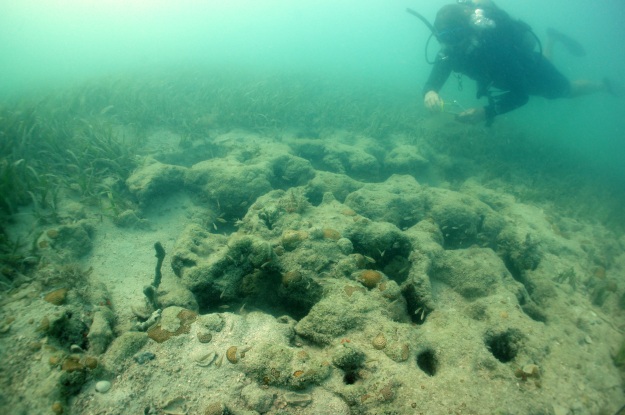After putting together a list of lists of top science stories from 2013, I figured I would make one of my own. Some of these things caught my eye recently, others are older than 2013. Either way, here’s a few things science that I thought deserved a look last year:
Maybe one of the biggest stories, at least in terms of scientific misinformation, concerned the failed Japanese nuclear reactor in Fukushima. A nuclear meltdown is big news, and the disaster in Japan is only the second time a level 7 event has occurred worldwide. The fact that the plant was on the coast and that possibly contaminated fluids leaked (and may still be leaking) into the ocean is surely cause for alarm. Or is it? Last year multiple alarmist articles popped up, going viral across social media spreading misinformation like wildfire. One of the best summaries of the science behind what actually happened can be found here (spoiler alert: nothing to see here, folks. Although you might want to check out where your fish oil pills come from!)
On the lighter side of things, apparently dolphins like drugs.
China landed a rover on the moon and sent back the first picture taken from the surface in three decades!
Two nicely done primers on complicated ideas: the nicely summarized Book of Bad Arguments, and the visualization of a theory.
I added to my personal marine animal bucket list with with the bobbit worm and the supersonic mantis shrimp. For more about the mantis shrimp, this fantastic Radiolab episode about color was one of the more memorable radio programs I heard this year.
What all the state birds are now, and what they should be instead.
Not a science story, but a nice infographic of a shocking trend in public employee salaries across the nation.
Finally (and I know this is old but it came in handy last year): Which supplements are worth it and which ones are modern snake oil?







